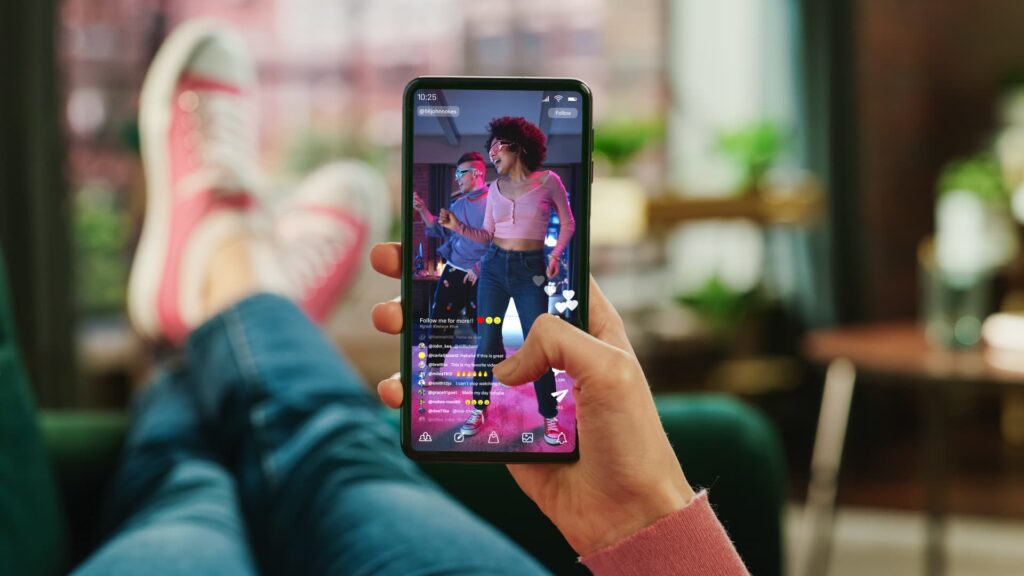TikTok is solidifying its dominance in the short-form video sector, prompting major tech companies to accelerate their efforts to keep up.
Since its global debut in 2016, TikTok, owned by ByteDance, has gained over 1.12 billion active monthly users around the world, as reported by Backlinko. In the U.S., users spend an average of 108 minutes daily on the app, according to Apptopia.
The app’s triumph has transformed the social media landscape, urging competitors like Meta and Google to rethink their approaches to short-form video. However, experts note that none have successfully replicated TikTok’s algorithmic effectiveness.
“It has become the hub of the internet for younger audiences,” stated Jasmine Enberg, vice president and principal analyst at Emarketer. “They turn to it for entertainment, news, trends, and even shopping. TikTok sets the agenda for everyone else.”
Platforms such as Meta‘s Instagram Reels and Google’s YouTube Shorts have been aggressively enhancing their platforms, introducing new features and tools for creators, and even contemplating standalone apps to compete. Recently, Microsoft-owned LinkedIn has joined the trend by testing TikTok-like feeds. Yet, as TikTok grows with new features like e-commerce options and longer videos, it’s uncertain if competitors can keep pace.
“I find myself scrolling every day. The doom scrolling is real,” remarked TikTok creator Alyssa McKay.
However, this rapid growth has a potential downside.
As more people consume short videos, experts raise concerns over diminished attention spans and increasing mental health issues among younger users. Researchers, including Dr. Yann Poncin from the Child Study Center at Yale University, highlight disrupted sleep and heightened anxiety levels linked to excessive scrolling.
“Endless scrolling and short videos are crafted to capture your attention briefly,” explained Dr. Poncin. “Previously, entertainment focused on taking audiences on a journey through narratives. Now, it’s about locking viewers in for a mere few seconds, just enough to entice them with the next recommendation the algorithm predicts they’ll enjoy.”
Despite high engagement rates, monetization of short videos remains challenging. Unlike long-form content on YouTube, which offers various ad placement opportunities, short clips provide limited advertising space. Creators are also facing challenges.
“Going viral has never been easier,” Enberg commented. “Yet, transforming that viral moment into a sustainable business is increasingly difficult.”
Last year, TikTok generated an estimated $23.6 billion in ad revenue, according to Oberlo, but even with this growth, many creators earn only a few dollars per million views. YouTube Shorts pays approximately four cents per 1,000 views, which is lower than its long-form content. On the other hand, Instagram is focusing on brand collaborations and new tools like “Trial Reels,” allowing creators to test content by sharing videos first with non-followers, thereby providing a low-risk opportunity to try out new ideas. Nevertheless, Meta has stated that monetizing Reels is still a developing process.
While legislators examine TikTok’s ownership by a Chinese company and consider potential bans, other companies see an opportunity. Meta and YouTube could capture up to 50% of the advertising dollars reallocated if TikTok faces limitations in the U.S., according to eMarketer.
Watch the video to learn how TikTok’s rise has ignited a competition in short-form video.


